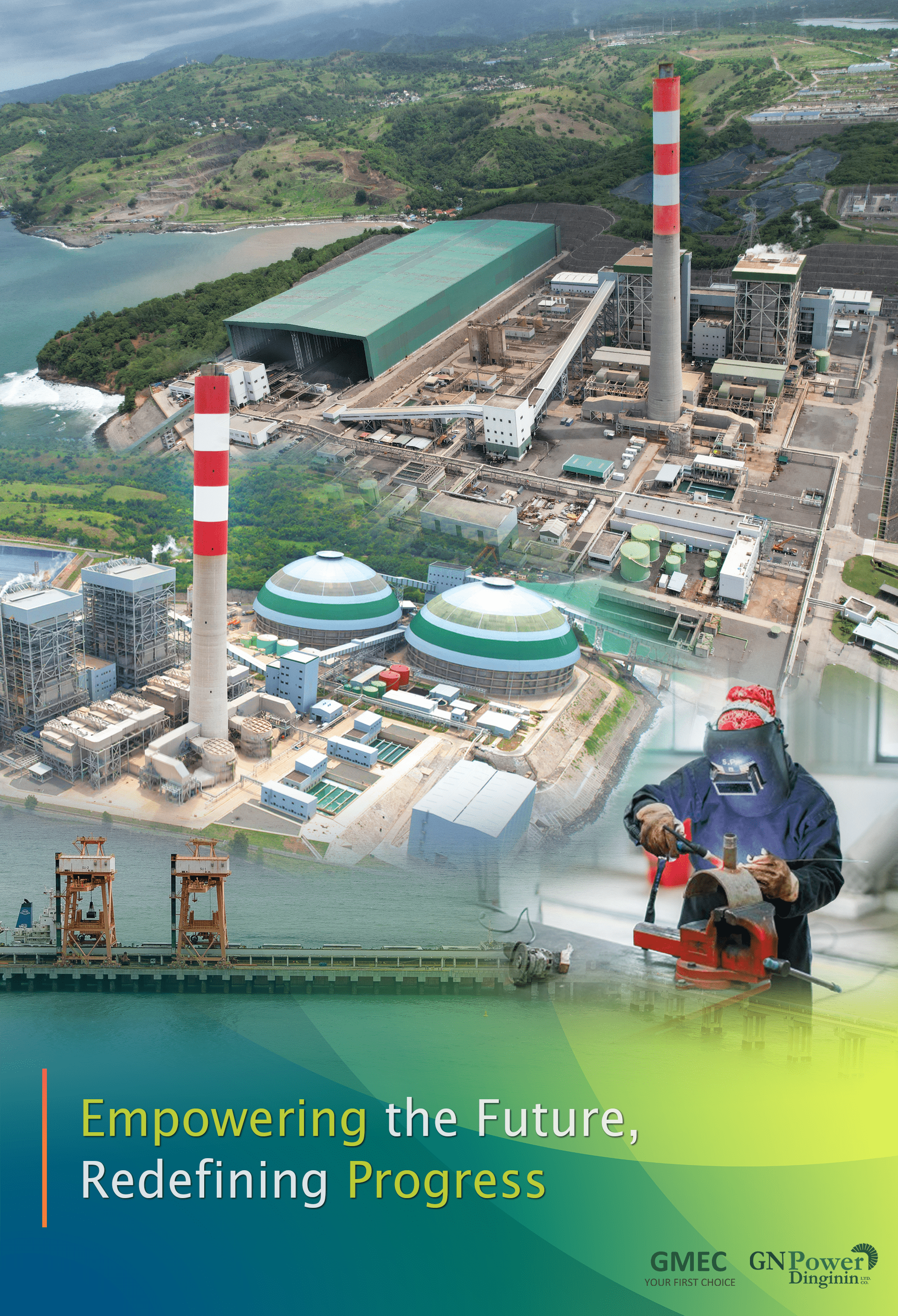It’s always a good practice to be prepared for the unexpected. Still, as the country remains in the middle of the rainy season, Filipinos must anticipate tropical cyclones entering the Philippine Area of Responsibility (PAR) in the coming months.
According to the Philippine Atmospheric Geophysical and Astronomical Services Administration (PAG-ASA), around 9 to 13 typhoons might enter or develop inside PAR from August 2022 to January 2023. Due to the possibility that some of these typhoons could be severe enough to damage powerlines, businesses and operators of critical data centers must be prepared to handle power outages.
For Vertiv (NYSE: VRT), a global provider of critical digital infrastructure and continuity solutions, preparing for these circumstances starts with business continuity and disaster recovery plan that eliminates a common cause of data center downtime: human error.
A carefully crafted checklist lowers the possibility of mistakes and oversights during a disaster and ensures an organization is ready for any eventuality. Among the items that must be included in the list are as follows:
Evaluate risks. Any organization creating a disaster recovery strategy should start with this phase. What kinds of threats apply to your region? Planning is necessary for natural catastrophes like hurricanes, flooding, tornadoes, fires, earthquakes, and volcanoes. Are any of your facilities close to areas where radiation exposure, hazardous waste, or explosives are a concern.
Secure evacuation plan. Human safety always comes first, so you should have a strategy to evacuate employees who may be in danger. This should incorporate a thorough strategy for getting in touch with workers to verify their safety.
Weatherproof the data center. Take the appropriate precautions to protect your facility if a storm, flooding, or other weather-related threat is present. Ensure servers are safely stored in their racks and secure any loose things. Clear the storm drains and gutters. A door should be able to be sealed against strong winds and rain. Make every effort to prevent any water from entering the server rooms because water is the enemy of the data center.
Backup data. Every week, several data centers perform routine data backups. If you anticipate bad weather, make those backups more frequent. Because we can never predict when a crisis will occur, businesses should think about adopting a daily backup routine. Think about the location of the backup data. Off-site storage should be used, but make sure the place is secure and free from danger.
Check the generator. There is a tendency to set and forget a generator, but that piece of machinery requires maintenance and upkeep to ensure it performs as expected when needed. Is it full of clean fuel? Are the fuel line and air filter free of contaminants? Test the generator regularly and ahead of any anticipated weather events. Line up at least three vendors to deliver fuel in the event of an extended outage. Remember, fuel often is at a premium after a disaster, and yours will not be the only organization requiring delivery.
Communicate with utilities. Think about the effects of losing a phone and internet connection, water, or power. Establish early communication with utility providers to create backup plans. Make a contact list and prepare a communication strategy if usual avenues are disrupted.
Plan emergency staffing. Local workers might not be available to work in a significant crisis. They might have evacuated with their family, had severe issues with their homes or cars, or been unable to travel to the data center owing to impassable roads. To guarantee you have staff on-site, think about bringing in emergency services and setting up crisis housing close to the data center.
Contact vendors. Prioritize the vendors on your list who must be contacted in an emergency. So that you are free to concentrate on more pressing demands during the crisis, get in touch with them early and make the appropriate arrangements.
Trust your team. All parties should be gathered, including IT, Facilities, Security, HR, Communications, Legal, Logistics, and Information Security. Ensure that everyone is aware of their roles during the crisis. If the typical lines of communication are unavailable, have a plan for communicating with that team.
Confirm insurance coverage. The first step in this process is purchasing insurance for the facility, but additional protection for the infrastructure or to ensure business continuity may be necessary. Continuity of business insurance can make up for lost revenue if the data center is down for a week.
Remember the edge. The enterprise data center today is merely a component of a dispersed network. Many companies oversee numerous edge sites. These locations are more important than ever and should be considered when disaster planning. In many situations, the core data center will be protected from a specific occurrence, but one or more periphery sites may not be. Put things in order of importance. Also make a plan for the staff and facilities located there.
Mind the cloud. Because some of your data and applications are stored in the cloud, it does not automatically make them impervious to disasters. These cloud servers are located in a data center, so you should know how your cloud provider would respond in an emergency.
How frequently do they back up data? Do they have backup locations? Before a crisis arises, ask these questions since it might be too late once a disaster strikes.
Consider the opportunists. Hackers consider catastrophes like natural disasters as a chance to access networks when people’s attention is diverted elsewhere. Ensure your information and physical security personnel are ready to deal with cyber threats.
Business continuity planning is a collaborative process with your team that must result in regular plan updates, especially as changes are made to essential equipment and staff. Moreover, it must always include a checklist considering the items listed above.
The right data center services provider may also join the team and adequately assist with the risk assessment required to plan for a disaster adequately. These infrastructure specialists are specially qualified to guarantee a prompt and secure recovery.
Vertiv provides these services, assisting the data center needs of organizations in the Philippines. With its expertise, Vertiv brings together cutting-edge solutions and services to ensure uninterrupted operations, optimal performance, and scalability of data centers, communication networks, and other critical IT facilities. To learn more about how Vertiv supports the continuity of today’s vital business, visit Vertiv.com.




